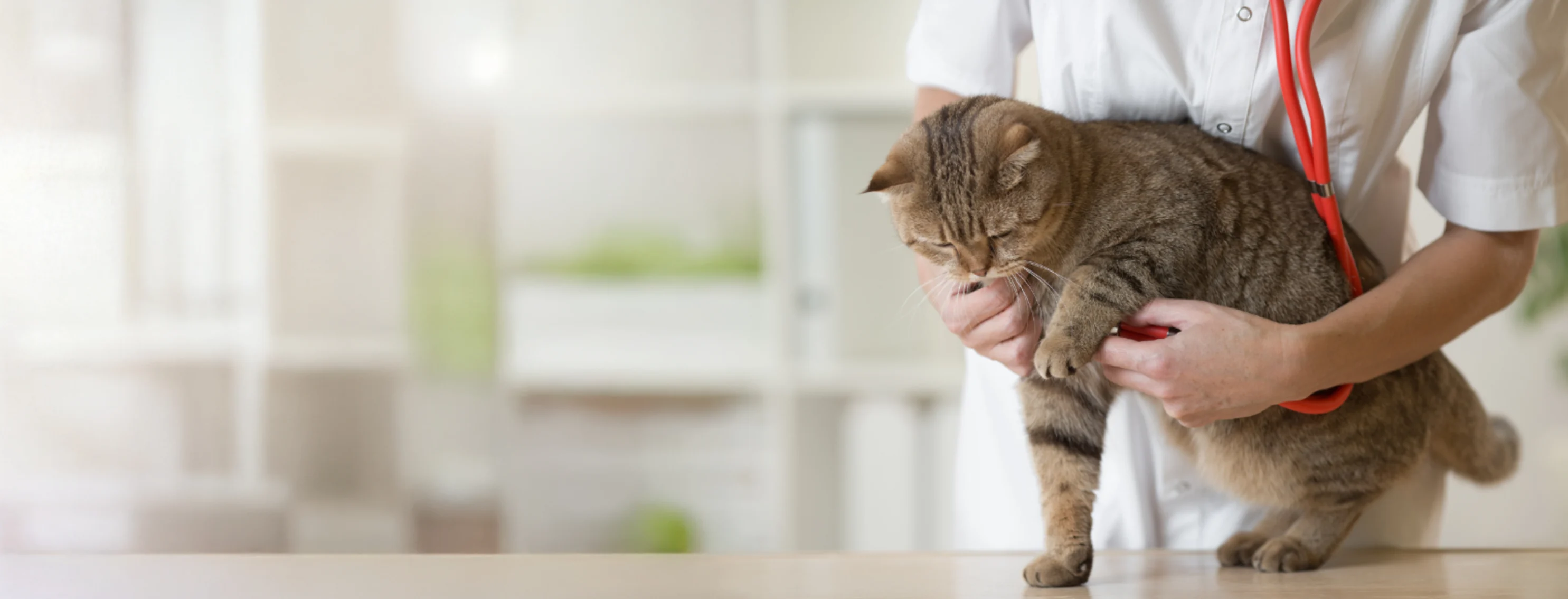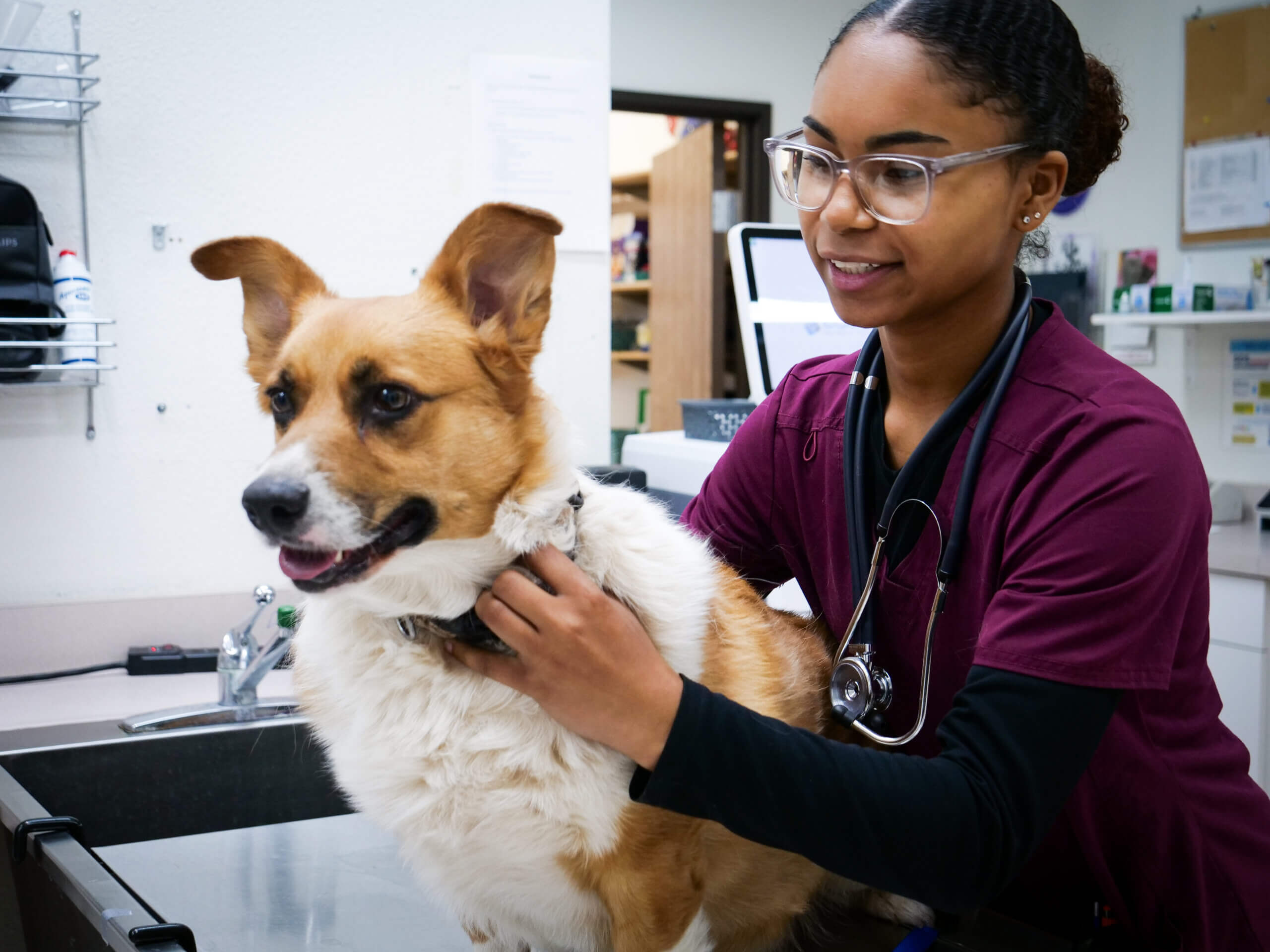Signs Your Dog Might Need canine tplo surgery: Vet-Approved Checklist
Wiki Article
Everything About Vet Surgery: Recognizing the Significance of Expert Look After Your Family pets
Veterinary surgical procedure is a critical component of pet medical care. It encompasses numerous treatments, from regular optional surgical procedures to urgent treatments. Comprehending the ins and outs of these surgeries can help family pet owners make notified decisions. The prep work, implementation, and recovery stages are crucial for ensuring the well-being of animals. With appropriate expertise, owners can navigate the intricacies of veterinary care. What elements should be considered prior to an animal undergoes surgical treatment?Sorts Of Vet Surgeries
When an animal calls for surgical treatment, recognizing the numerous kinds of veterinarian surgeries can help pet proprietors make educated choices. Vet surgeries can be generally categorized right into three main types: elective, immediate, and emergency surgical procedures. Optional surgical procedures, such as spaying or neutering, are planned treatments that are not quickly lethal. Immediate surgical treatments, like those for foreign body removal, have to be performed quickly but are not lethal in the moment. Emergency situation surgical procedures, such as those addressing serious injury or interior blood loss, are vital and call for instant attention.Additionally, surgical treatments can vary in intricacy, ranging from minimally invasive laparoscopic procedures to more substantial open surgical treatments. Each kind of surgical procedure lugs its own risks and recovery procedures. Comprehending these categories allows pet owners to involve in meaningful conversations with vets, causing better outcomes for their cherished animals.Getting ready for Your Pet dog's Surgical treatment
Planning for a pet's surgical treatment entails an extensive checklist to ensure all essentials are covered. Effective communication with the veterinarian is essential for recognizing the treatment and any kind of necessary pre-operative steps - canine tplo surgery. Additionally, having clear post-operative treatment directions will help owners offer the very best support for their recovering petsPre-Surgery List Essentials
Guaranteeing a smooth surgical experience for a pet requires mindful preparation and interest to information. A pre-surgery checklist is crucial for pet dog owners to adhere to. Verifying the set up surgery day and time is essential. Proprietors should additionally validate that their family pet has actually not eaten according to the veterinarian's guidelines, generally for 8-12 hours prior to surgical treatment. Gathering required medical documents, consisting of vaccination history, is crucial for the vet's review. It is additionally a good idea to prepare a comfy room in your home for the pet's healing after surgical procedure. Owners must have a strategy for transportation to and from the veterinary facility, making sure that the pet is safe and secure and comfortable throughout the journey. Following these actions can significantly improve the surgical experience.Interacting With Your Veterinarian

Effective interaction with the veterinarian is vital for an effective medical experience for family pets. Owners ought to be prepared to discuss their pet dog's clinical background, including any pre-existing problems, drugs, and allergic reactions. This info helps the veterinarian evaluate threats and customize the medical strategy accordingly. In addition, pet dog proprietors ought to ask inquiries regarding the treatment, anesthetic, and anticipated results to guarantee they totally comprehend the process. Clearing up any type of uncertainties can alleviate stress and anxiety for both the family pet and the owner. It is also vital to connect any kind of behavioral adjustments or worries observed in the animal leading up to the surgical procedure. Ultimately, clear discussion fosters trust and collaboration, ensuring that pets receive the very best feasible treatment throughout their surgical trip.
Post-Operative Treatment Directions
After discussing the medical treatment with the vet, pet dog owners must focus on post-operative treatment directions to assist in a smooth recovery for their pet dogs. These directions normally consist of keeping track of the surgical website for indicators of infection, such as inflammation or discharge. Pet dogs may require to be kept tranquil and constrained to protect against extreme activity that can interrupt healing. Pain administration is vital, so owners need to adhere to the vet's advice on carrying out medications. Furthermore, dietary limitations may be suggested to stay clear of stomach trouble. Normal follow-up visits are essential to ensure proper healing and address any type of issues. By adhering to these post-operative care instructions, pet owners can considerably contribute to their pet's healing and total wellness.The Surgery Explained
The medical procedure for animals includes critical steps that assure their security and recuperation. Pre-surgery preparations are crucial for minimizing risks, while post-operative care standards play an important function in promoting recovery. Comprehending these elements helps animal owners browse the surgical experience better.Pre-Surgery Preparations
Before a pet undergoes surgery, numerous crucial prep work have to occur to assure a risk-free and effective procedure. A detailed veterinary assessment is vital to analyze the pet dog's general wellness and identify any kind of prospective dangers. This may consist of blood tests, imaging, or other diagnostics. The vet will likewise review anesthetic alternatives customized to the pet's specific requirements. Additionally, animal owners are usually instructed to hold back food and water for a defined time before surgical treatment to lessen the danger of issues throughout anesthetic. It is very important for proprietors to give a complete case history, consisting of any type of medicines or allergic reactions, making certain the surgical team has all required information. Proper interaction and adherence to pre-surgery standards can significantly enhance the outcome of the treatment.Post-Operative Treatment Standards
Proper post-operative care is important for ensuring an animal's healing complying with surgical procedure. After the procedure, pet dogs need to be checked closely for any indications of complications, such as too much bleeding, swelling, or unusual behavior. It is necessary to follow the veterinarian's instructions pertaining to medications, consisting of painkiller and anti-biotics. Pet dogs should be maintained in a silent, comfy environment to decrease anxiety and advertise healing. Limiting activity is important; short, leashed walks may be essential, but jumping or running need to be prevented. Regular follow-up appointments must be arranged to evaluate the recovery process. In addition, the surgical site must be kept clean and completely dry, with any type of indicators of infection reported to a vet without delay. Adhering to these guidelines improves healing end results.Anesthesia and Discomfort Administration
Efficient anesthetic and pain management are crucial elements of veterinary surgical procedure, making certain that animals continue to be comfy and risk-free throughout the treatment. Veterinarians analyze each pet dog's specific demands, considering factors such as age, weight, wellness status, and the type of surgical procedure being performed.Anesthesia procedures generally consist of a mix of pre-anesthetic drugs, induction representatives, and inhalant anesthetics, enabling accurate control over the animal's level of awareness. Monitoring during surgical procedure is crucial; veterinarians continually observe important indications to address any prospective difficulties promptly.Pain administration approaches might involve opioids, non-steroidal anti-inflammatory medications (NSAIDs), and anesthetics, tailored to the pet dog's particular scenario. This complex strategy assists reduce discomfort and promotes a smoother medical experience. By prioritizing reliable anesthesia and discomfort administration, veterinary specialists improve the general welfare of animals going through procedures, guaranteeing they get the greatest criterion of treatment.Post-Operative Treatment and Healing
Complying with surgical treatment, the focus shifts to post-operative care and recuperation, which is crucial for making certain an animal's risk-free go back to typical activities. Throughout this duration, animals need a silent, comfortable atmosphere to help recovery. Proprietors ought to very closely check their pet dogs for any kind of indications of discomfort or uncommon behavior.Veterinary guidelines frequently include specific guidelines associated with drug administration, wound care, and nutritional modifications. It is vital to follow these suggestions to reduce difficulties and advertise recovery. Family pets might need to be restricted from vigorous tasks, such as running or jumping, throughout their healing period (tplo surgery for dogs).Regular follow-up visits with the vet enable tracking pop over to this site of the pet dog's development and prompt modifications to the treatment plan. Providing emotional assistance and companionship can also boost a family pet's recovery experience, assisting to reduce stress and stress and anxiety. Overall, thorough post-operative care plays a considerable function in accomplishing an effective recoveryRecognizing Issues After Surgery
Just how can pet owners identify difficulties after surgery? Understanding of particular indications is essential for making sure the well-being of pets throughout healing. Typical indications include too much swelling, inflammation, or discharge at the surgical website, which might indicate infection. In addition, relentless pain, suggested by whining or hesitation to relocate, need to motivate immediate interest. Adjustments in cravings or water consumption can additionally indicate complications; a decrease in these habits might indicate discomfort or distress.Moreover, pet owners ought to monitor their pet dogs for any kind of unusual actions, such as lethargy or problem breathing, as these can be signs of significant issues. Vomiting or diarrhea complying with surgical procedure may need immediate vet assessment. Acknowledging these complications early can substantially impact a family pet's healing process, stressing the value of vigilance and timely interaction with a veterinarian for any kind of concerning symptoms.The Function of Veterinary Experts in Surgical Care
Veterinary specialists play a crucial function in making sure the safety and security and success of medical procedures for pet dogs, specifically complying with surgical treatment when keeping an eye on and treatment are vital. These professionals consist of vets, vet professionals, and support staff, all of whom add specialized abilities to the medical process.Before surgery, veterinarians carry out extensive assessments to analyze the family pet's wellness, ensuring that any type of hidden problems are taken care of. Throughout the procedure, the surgical team provides anesthesia, maintains sterilized settings, and keeps an eye on key signs, all essential for lessening risks.Post-operative care is just as significant; vet specialists observe for issues, take care of discomfort, and guide proprietors on recuperation techniques. Their proficiency allows them to recognize early indications of distress or infection, making certain prompt intervention. Eventually, the collective initiatives of veterinary professionals in surgical care cultivate a safe atmosphere, promoting the wellness of animals throughout the surgical journey.
Regularly Asked Inquiries
Just how Do I Pick the Right Vet Cosmetic Surgeon for My Family pet?
Choosing the ideal veterinary doctor entails researching credentials, reading go right here testimonials, and evaluating the clinic's environment. It is vital to review the surgeon's experience with details procedures and their communication style when deciding.What Are Common Misconceptions Concerning Vet Surgeries?
Common false impressions concerning veterinarian surgical treatments include beliefs that they are constantly dangerous, unneeded, or only for emergency situations. Several pet dog owners undervalue the benefits of preventive procedures and the ability associated with veterinary medical treatment.Exactly How Much Will My Animal's Surgery Price?
The price of a family pet's surgical procedure can differ significantly based on aspects such as the kind of procedure, the veterinarian's experience, and geographical area (tplo surgery for dogs). Usually, expenses vary from a couple of hundred to a number of thousand dollars
Can My Animal Consume Before Surgical Treatment?
Prior to surgery, it is generally advised that pets abstain from eating for a specific duration. This fasting helps in reducing the danger of issues throughout anesthetic. Owners need to consult their vet for accurate guidelines customized to their animal's demands.Suppose My Pet Dog Has Pre-Existing Health Conditions?
When a pet has pre-existing health conditions, it's essential for the veterinarian to analyze these variables prior to surgery. This examination assurances appropriate safety measures investigate this site are taken, lessening threats and optimizing the pet dog's total safety and security throughout the treatment.Report this wiki page